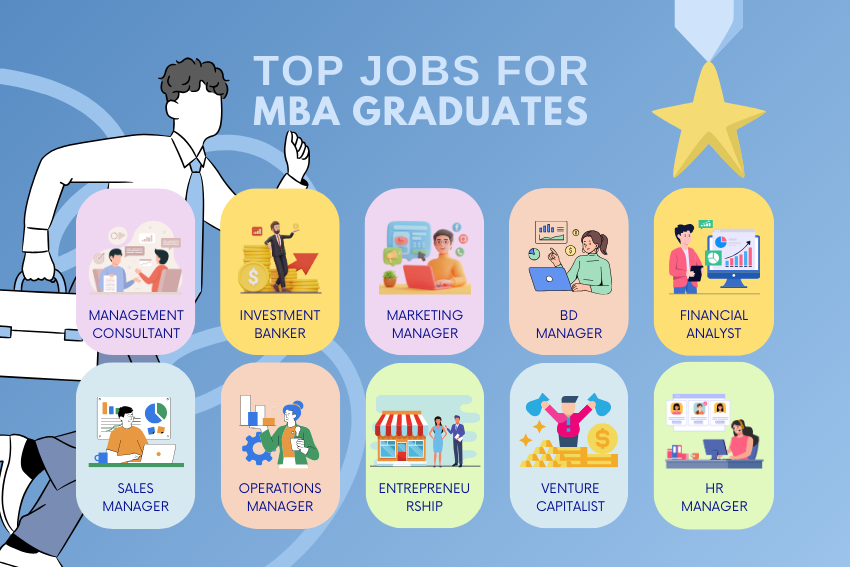America will need nearly 80,000 new engineers by the early 2030s. That’s a slow but steady rate of growth amid predicted volatility in other highly compensated fields like law and financial services.
And it’s an enticing opportunity for people looking to make an impact on the real world while earning good money.
Not that you can walk into your friendly local engineering firm, shake a few hands, and set up in a window office. Becoming an engineer takes years of hard work.
But if you’re smart and driven, it’s doable. Read on to learn what to expect from engineer education, training, and job-hunting.
Choose Your Engineering Field
Your first big move as an aspiring engineer is to choose a field. There are far too many to name here, but by way of example, you could try:
- Mechanical engineering
- Structural engineering
- Chemical engineering
- Aerospace engineering
- Electrical engineering
- Biomedical engineering
- Nuclear engineering
You don’t need to get more specific than this right away. You’ll have plenty of time to try different specialties within your preferred field. For example, electrical engineers might work on built-environment systems or in power plants; structural engineers might design new builds or work on remedial projects (though some, like ABB’s Karim Allana, do both).
Enroll in an Accredited Engineering Degree Program
To become an engineer, you’ll need a bachelor’s degree (four years) plus additional engineering education. Combined programs often run five years. Make sure your program is accredited and U.S.-based if possible; this ensures you’re set up for success when the time comes to look for work.
Get As Much Real World Experience As Possible Before You Graduate
You’ll need to spend several years as an engineering intern or Engineer in Training (EIT) after earning your degree. Fortunately, you don’t need to wait that long to acquire real-world experience. Work with your college or university to find real-world training or enrichment opportunities, ideally at actual engineering firms (or alongside engineers working in manufacturing or infrastructure contexts, depending on your degree program).
The more you learn early on about what it’s really like to be an engineer, the better off you’ll be when the time comes to apply for EIT roles (and eventually Professional Engineer jobs as well).
Pass the Fundamentals of Engineering Exam
After graduating, you’ll need to take and pass the Fundamentals of Engineering Exam through the National Council of Examiners for Engineering and Surveying (NCEES). This is the first of two major exams you’ll need to pass to become a Professional Engineer, but good/bad news: the next one won’t come for a few years.
Get Through Four Years of Work Experience
Congratulations, you’re about halfway there.
Your next step: landing an intern or Engineer in Training role at an engineering firm in your chosen field. Here, you’ll hone your skills and most likely gravitate toward a more specific specialty.
Pass the Professional Engineering Exam
Four years on, it’s time to take your Professional Engineering Exam (also through NCEES). If you pass — and you know you will! — you’ll be a “full” engineer authorized to hang out your own shingle.
Begin Your Job Search (If You Haven’t Already)
Many aspiring engineers build professional networks as EITs, which has obvious advantages during the job-hunting process. But no matter how you come across long-term opportunities, make sure you understand what you’re getting into. Consider not just compensation and benefits but the work environment, work-life balance, culture, and anything else that matters to you.
Whew! That’s a lot. If you’ve made it this far, you just might have the discipline to get through eight-plus years of engineering education.






